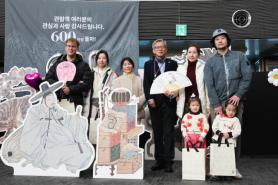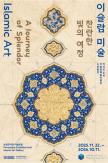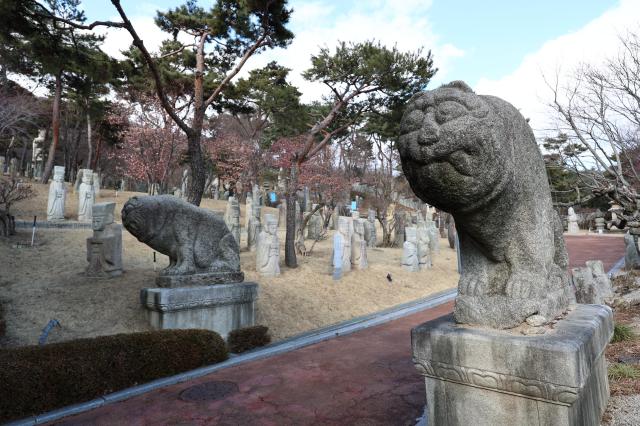
At the entrance of the outdoor garden, Garden of Stones, in the Korean Stone Art Museum, a massive stone tiger (seokho) stands guard. Traditionally, these stone tigers served as guardian spirits, protecting royal tombs from evil spirits. Passing beyond the seokho, visitors are greeted by a row of stone scholar statues (muninseok), which were once placed at noble family tombs.
These particular statues were repatriated from Japan. A little further in, a pair of janggunseok (stone generals) stand solemnly. Unlike muninseok, which could be placed at the graves of high-ranking officials during the Joseon Dynasty, janggunseok symbolized military command and could only be installed at the tombs of kings and queens. According to an information plaque, these stone generals, along with jangmyeongseok (stone lanterns) and six other stone artifacts, were repatriated in 2019 by Cheon Shin-il, the chairman of the Korean Stone Cultural Heritage Foundation, after being held in Japan since 1927.
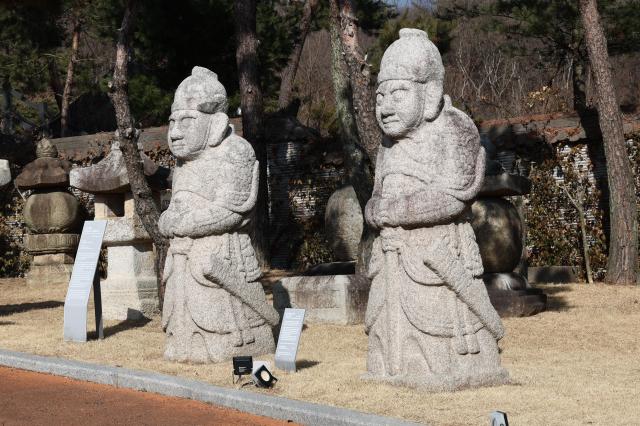
Nestled in the foothills of Bukaksan Mountain in Seongbuk-dong, the Korean Stone Art Museum is a unique space where visitors can explore Korea's ancient stone relics, each infused with the hopes and beliefs of the ancestors.
Beyond the muninseok and janggunseok, the museum also features stone village guardians (beoksu), child monk statues (dongjaseok), Buddhist relics such as stone pagodas and stone Buddhas, and many other historical stone artifacts. Among the vast collection, the stone statues that once stood watch over tombs form the museum’s central theme. For centuries, Koreans placed muninseok, janggunseok, and stone animal sculptures (seoksu) near graves to ward off evil spirits and ensure the deceased's peaceful rest.
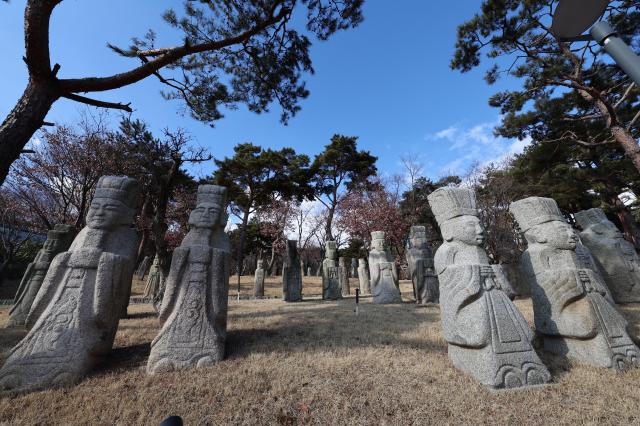
The Garden of Stones, where these various stone artifacts blend harmoniously with nature, offers a tranquil atmosphere, free from the usual crowds. Visitors can take their time appreciating the sculptures in peace. The elevated part of the garden provides a spectacular panoramic view of Seoul, stretching from Namsan Seoul Tower to Lotte World Tower in Jamsil.
Inside the museum, the Dongja Hall on the second floor features an array of small, endearing stone statues—dongjaseok, or child monk sculptures. Like muninseok, dongjaseok were placed in royal or aristocratic burial sites.
Each statue holds different symbolic objects, reflecting the wishes of the past. Some figures hold lotus flowers, symbolizing creation and prosperity, while others grip clubs, representing protection and loyalty. Rams symbolize good fortune, while pouches and turtles signify longevity.
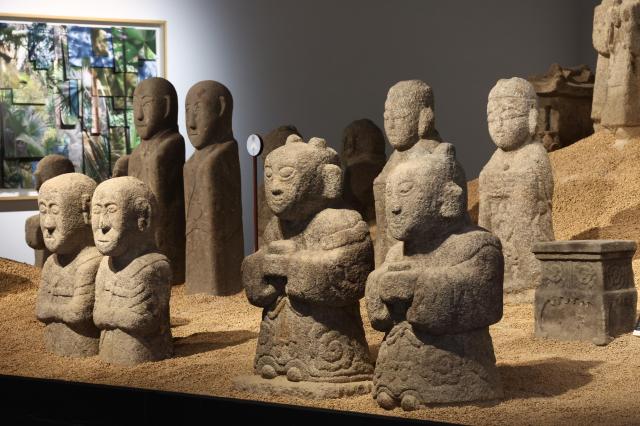
Beyond Dongja Hall lies Beoksu Hall, dedicated to beoksu, the stone totem poles once erected at village entrances. Ancient Koreans believed that having a beoksu—a human-faced stone guardian—at the entrance of a village or along a road would scare away evil spirits and ward off epidemics.
Sitting in the museum café next to Dongja Hall, sipping tea while gazing at the stone relics, brings a sense of calm and quiet reflection—as if the mind is being cleansed by the presence of these timeless guardians.
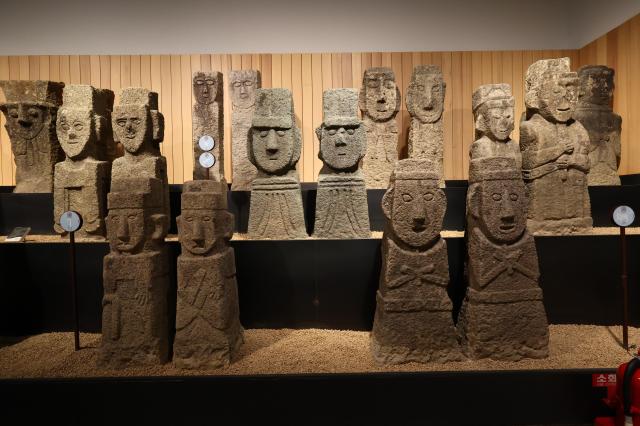
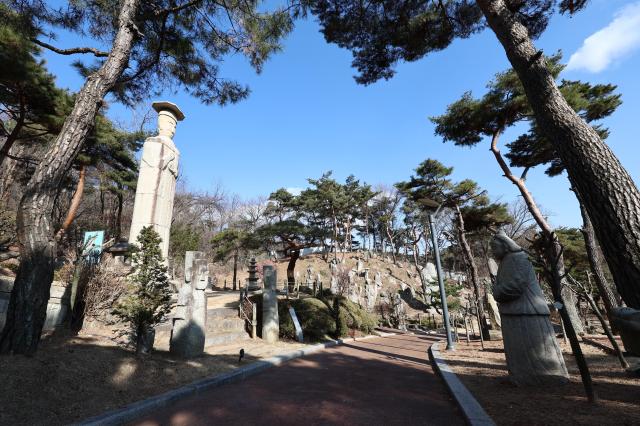
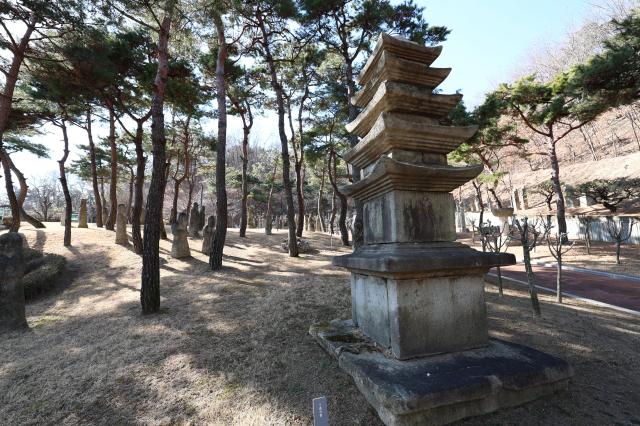
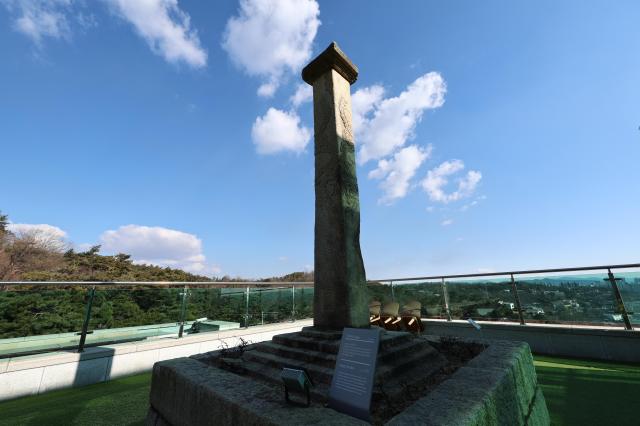
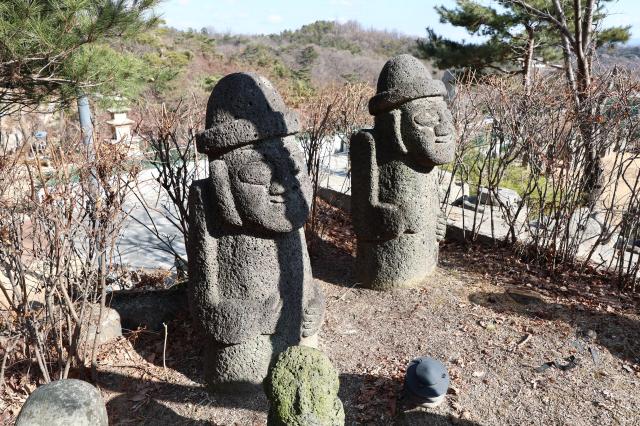
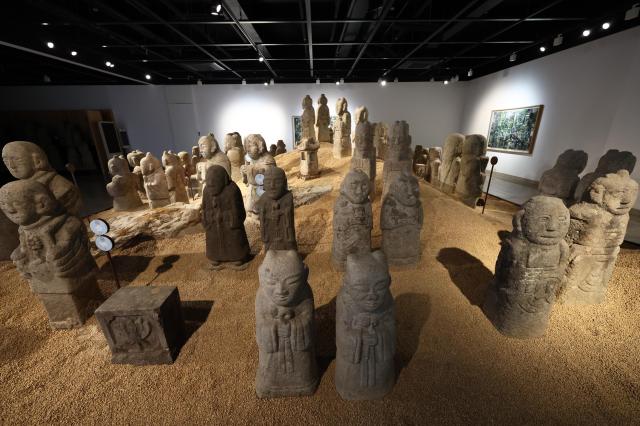
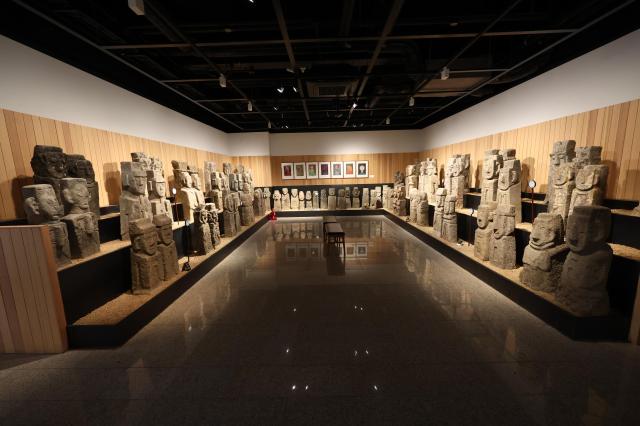
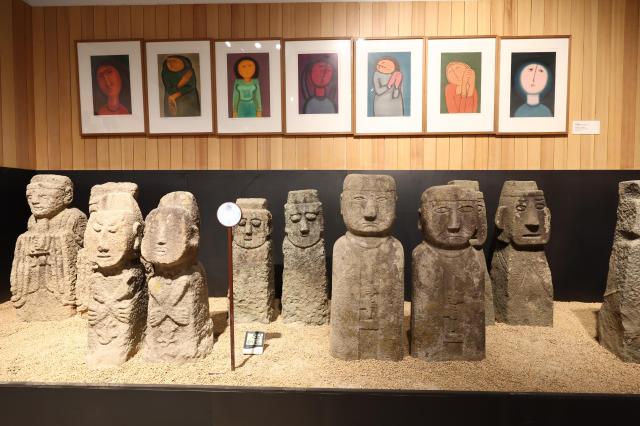
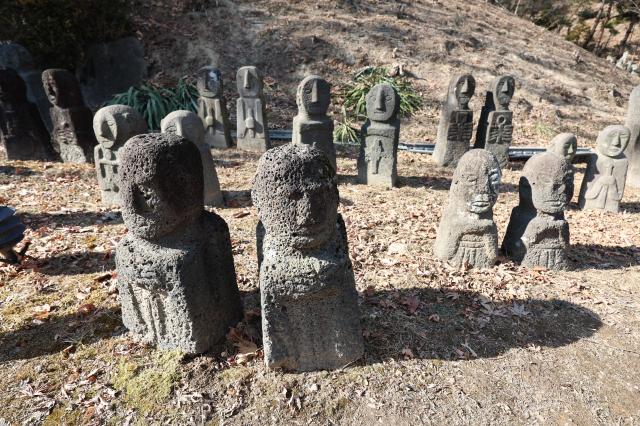
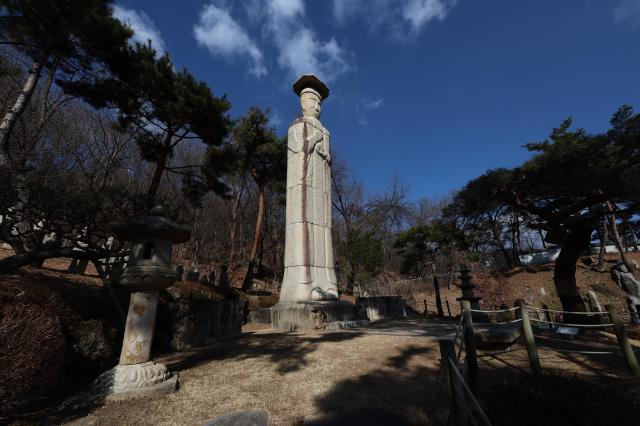
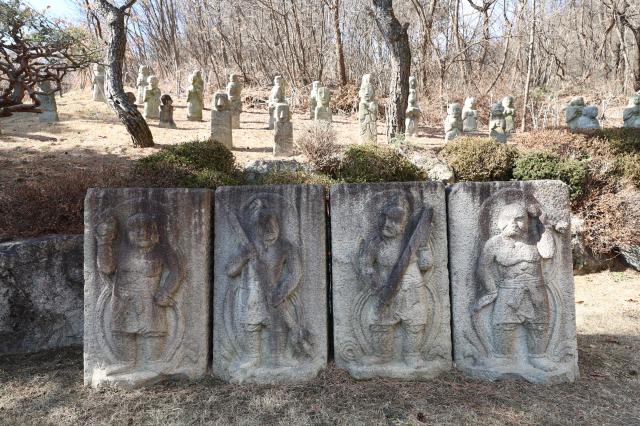
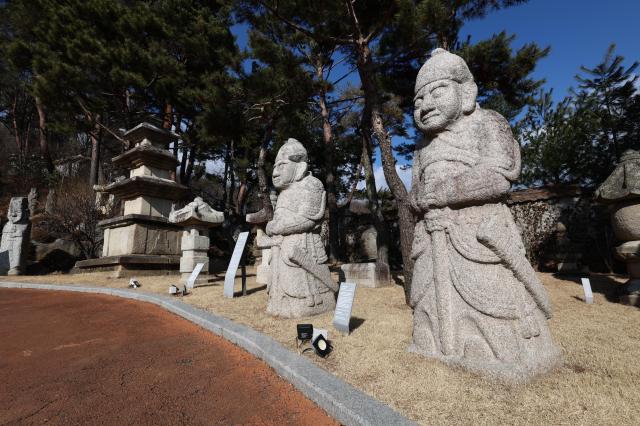
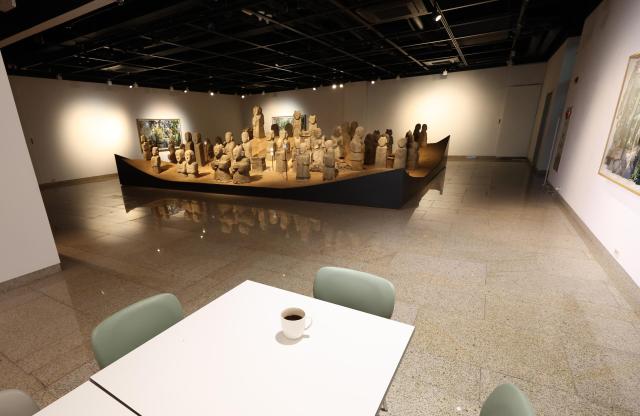
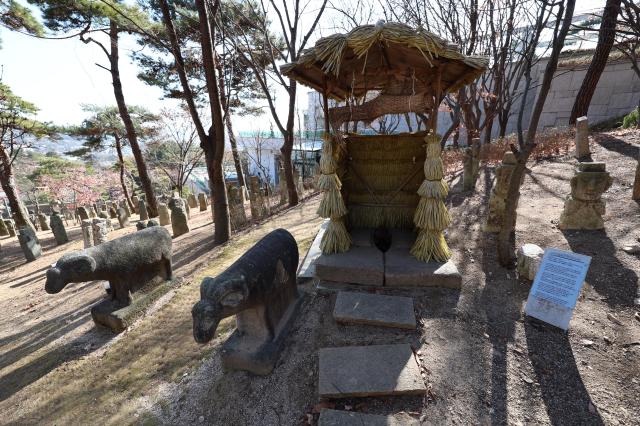
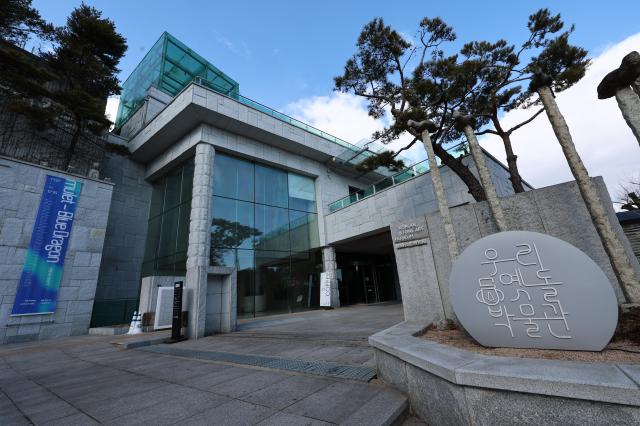
Copyright ⓒ Aju Press All rights reserved.


